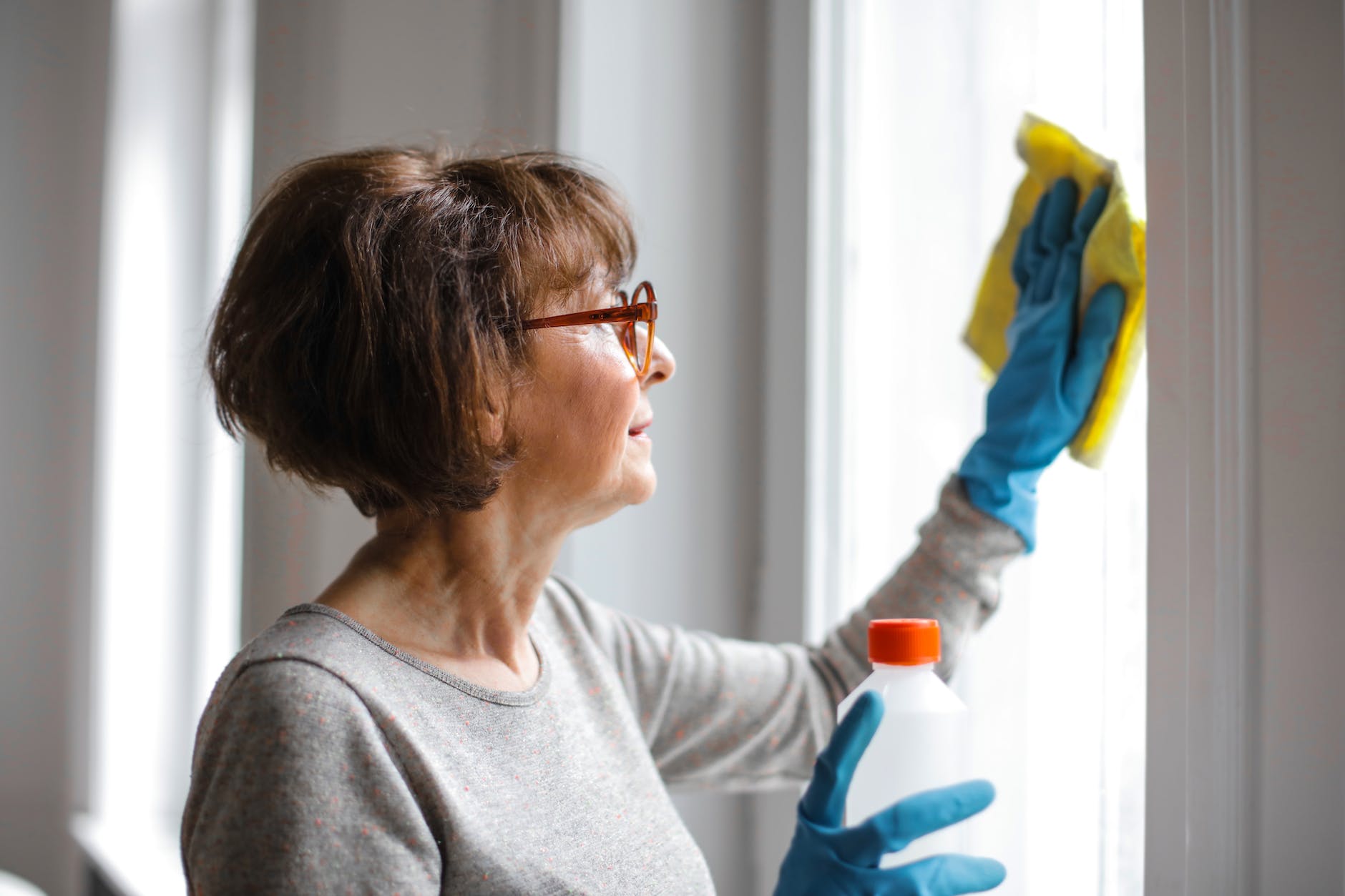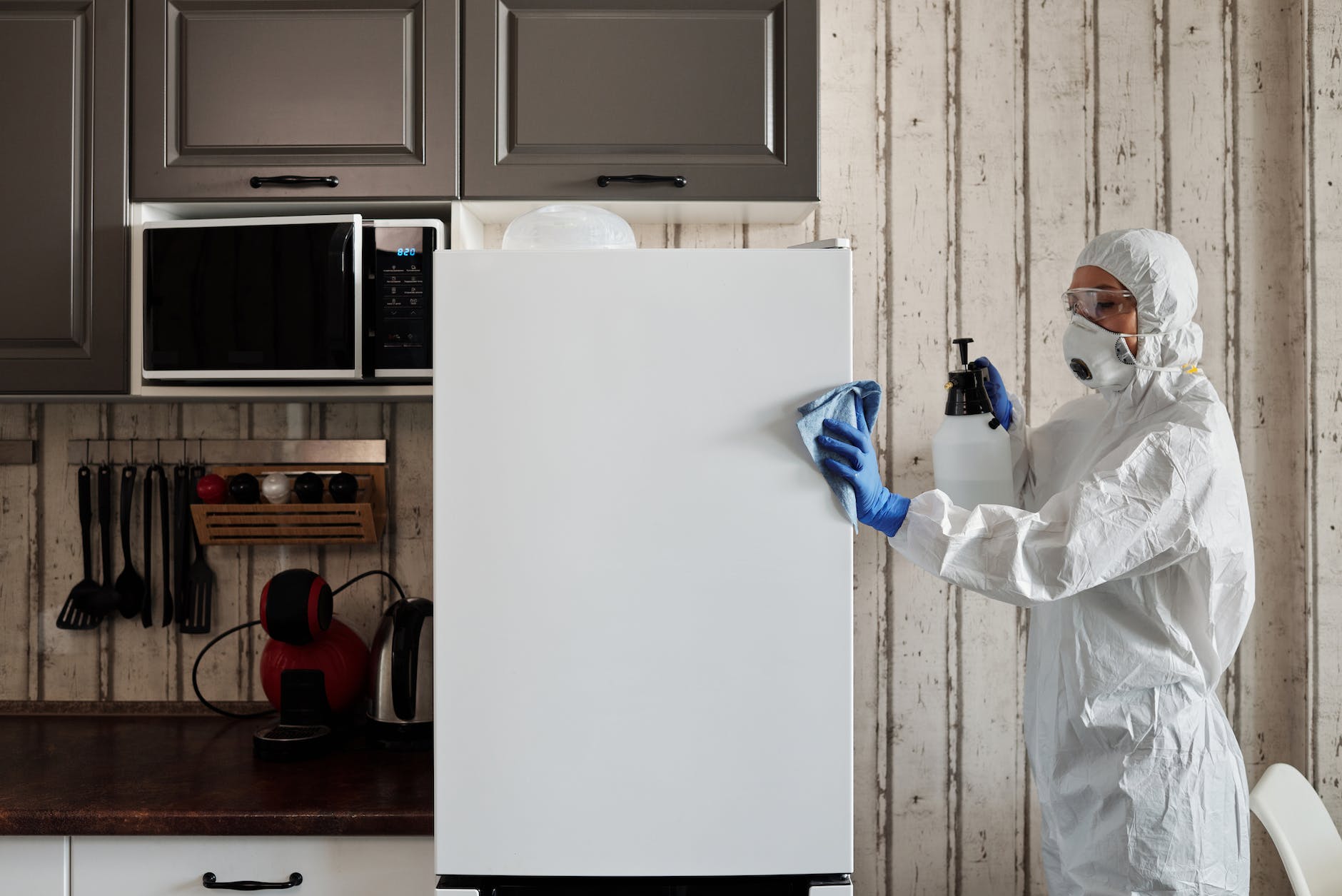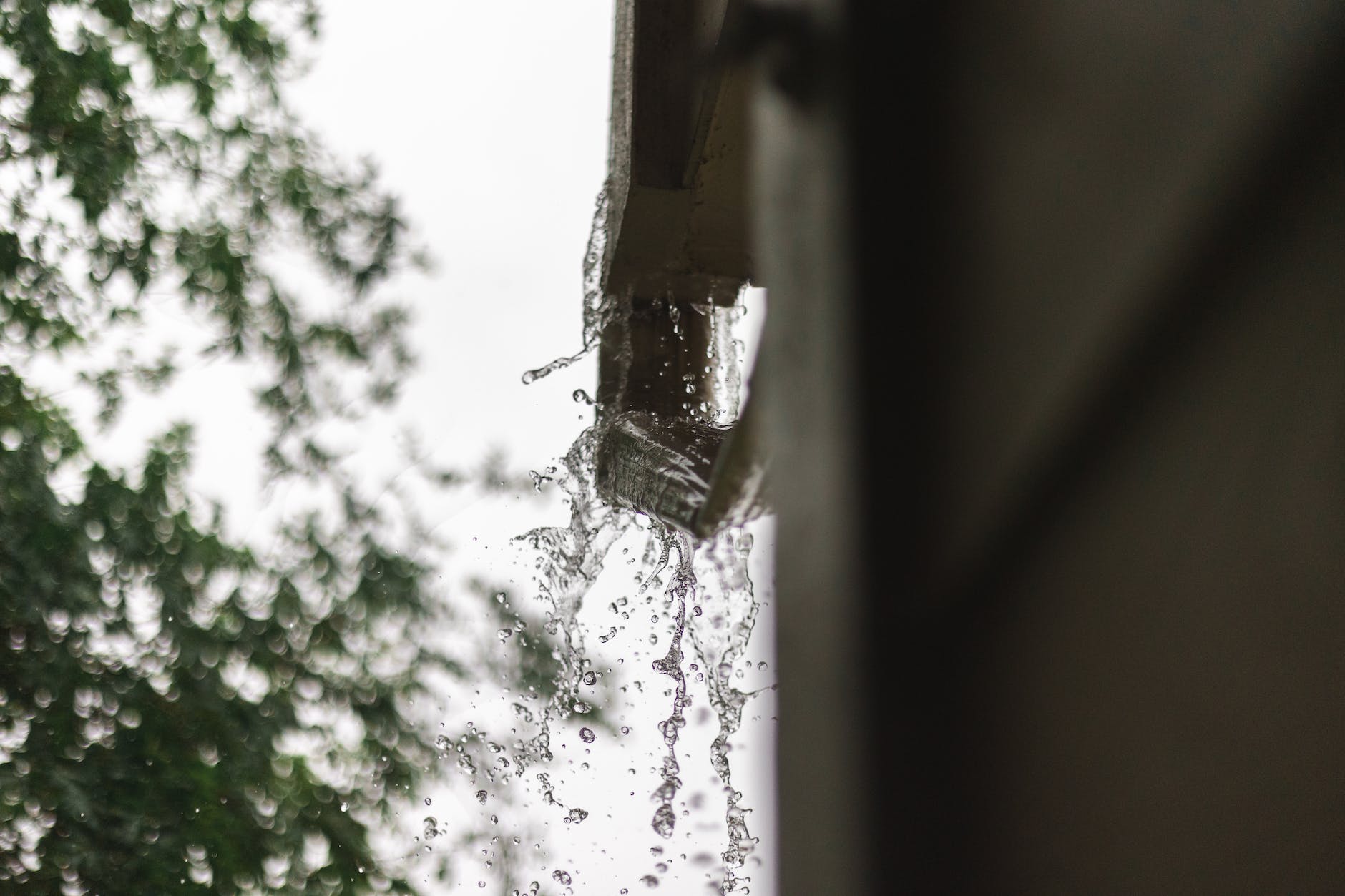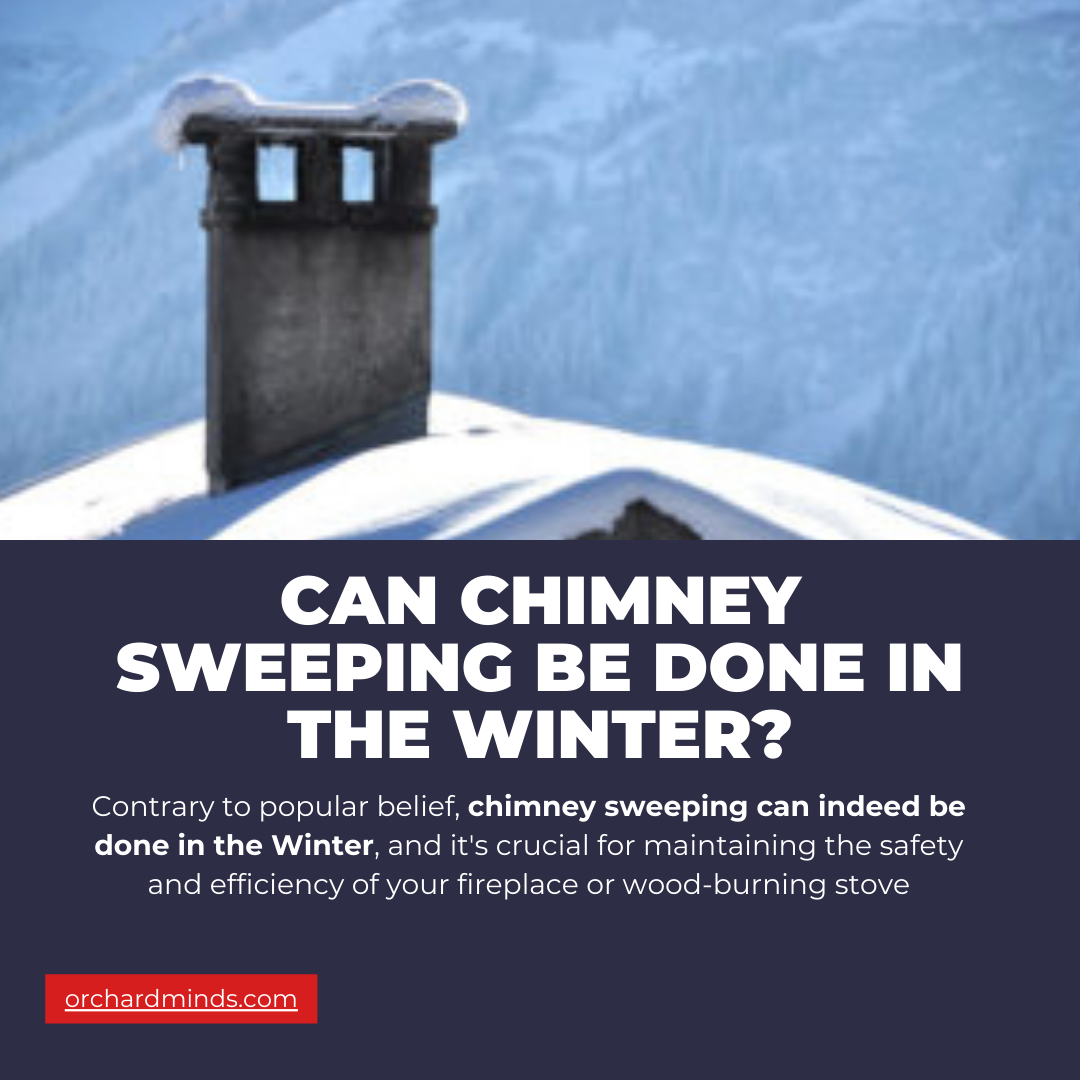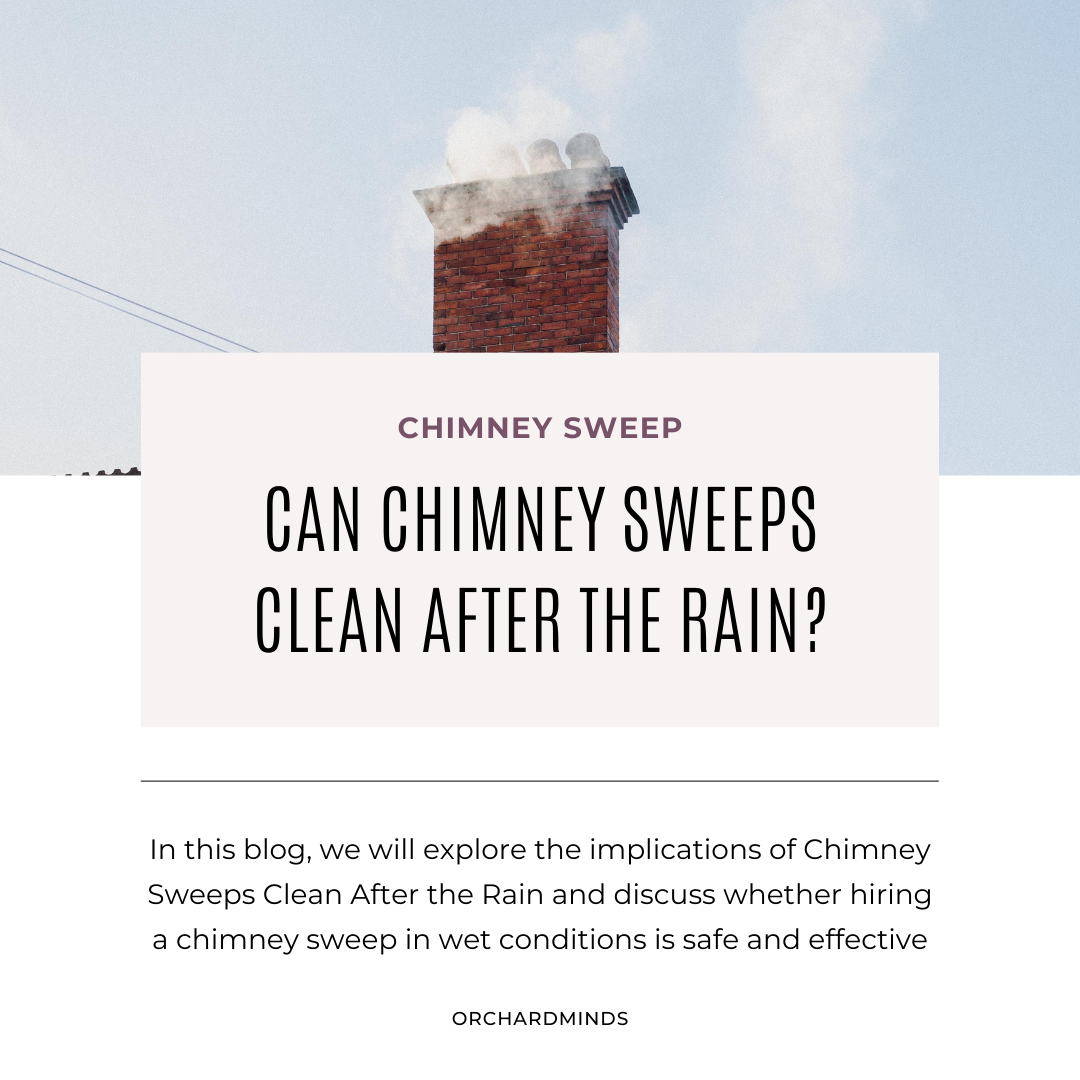To close a fireplace:
- Start by ensuring the fire is completely extinguished, and the ashes are cool.
- Close the damper to block the chimney opening and prevent drafts.
- If your fireplace has glass doors, close them securely to create a barrier between the interior space and the chimney.
This helps conserve energy and prevent it from entering your home when the fireplace is not in use. If you don’t have glass doors, consider using a fireplace cover or screen to block the opening and add an extra layer of protection. Closing off the fireplace when not in use can enhance energy efficiency, prevent drafts, and create a safer and more controlled indoor environment.
How to Close off a Fireplace to Prevent Heat Loss
Consider using a fireplace draft stopper to prevent heat loss through your fireplace. This device is placed just above the firebox, creating a barrier to block cold drafts and keep warm air inside your home. These draft stoppers are typically made from insulating materials like foam or fabric. They can be easily removed when you want to use the fireplace.
Should I Close Off My Fireplace Permanently or Temporarily?
Whether to close off your fireplace permanently or temporarily depends on your preference and how often you use the fireplace. If you seldom use it and want to enhance energy efficiency, permanent closure might be an option. However, if you enjoy occasional fires, temporary solutions like draft stoppers or glass doors provide flexibility while minimizing heat loss.
How to Close off a Fireplace Opening
Closing off a fireplace opening can be achieved by installing glass doors or a fireplace screen. Glass doors create a seal when closed, preventing drafts and retaining heat. Screens also help contain sparks and add a decorative touch. Ensure proper measurements and installation to close off the opening and enhance energy efficiency effectively.
How to Close off a Fireplace Chimney
Consider cloning a chimney balloon or a top-sealing damper. A ch to close off a fireplace chimney balloon is an inflatable device that blocks the opening. At the same time, a top-sealing damper is a more permanent fixture installed at the top of the chimney. Both options prevent cold air from entering and warm air from escaping when the fireplace is not in use.
There are a few ways to close off the damper:
Closing the damper is crucial for preventing heat loss. You can use a traditional throat damper, which is manually operated, or opt for a more modern top-sealing damper. The latter provides a better seal and is controlled easily, often with a lever accessible inside the house. Regularly check and maintain the damper to ensure it functions correctly and keeps your home energy-efficient.
Save on Energy Year-Round by Closing Your Fireplace
Closing your fireplace when not in use is a practical way to save energy throughout the year. By employing various methods, such as installing draft stoppers, glass doors, or sealing the chimney, you can reduce heat loss and improve the overall efficiency of your home heating system. This conserves energy and contributes to cost savings on your energy bills, making your living space more environmentally friendly and economically sustainable.
Fireplace Insulation Can Save You Money
Proper insulation around your fireplace can lead to significant cost savings. When a fireplace is not adequately sealed, warm air from your home can escape, and cold air from the outside can infiltrate, making your heating system work harder to maintain a comfortable temperature. This inefficiency translates to higher energy bills. Adding insulation to the walls and damper of your fireplace helps to retain heat within your home, making it more energy-efficient and ultimately reducing heating expenses.
How to Seal a Masonry Fireplace
Sealing a masonry fireplace is crucial for enhancing its energy efficiency. Begin by inspecting the fireplace for any cracks or gaps in the mortar and brickwork. Use a high-temperature caulk or sealant to fill these openings, preventing warm air from escaping. Consider installing a fireplace door to create a tighter seal and minimize heat loss. A chimney balloon or damper can also be employed when the fireplace is not in use, effectively blocking drafts. Regularly maintaining and repairing the masonry and ensuring proper insulation will contribute to a more energy-efficient home and reduce heating costs over time.
How do I make sure my fireplace is closed?
To ensure your fireplace is closed, check if it has a damper. The damper is a metal plate that can be opened or closed to control airflow. Ensure the damper is completed when the fireplace is not used to prevent drafts and heat loss. Additionally, inspect the chimney flue for any obstructions and ensure the glass doors or fireplace screen are closed securely. Regularly check for any signs of wear or damage in these components and address any issues promptly to maintain an effective closure.
Can you block up a fireplace?
Blocking up a fireplace involves more than just placing a barrier. Consider using fire-resistant materials like cement board or brick to close the opening for a more permanent solution. This should be done with careful attention to safety codes and regulations. Alternatively, you can use a fireplace plug or an inflatable chimney balloon if you prefer a temporary closure. These products are designed to fit into the flue and prevent drafts when the fireplace is not in use, providing a simple and effective way to block up the chimney temporarily.
How do you cover an unused fireplace?
To covConsider a fireplace cover or screen. Thes to cover an unused fireplace decorativelye can be found in various styles and materials to match your interior decor. Another option is to use a fireplace candelabrum or decorative logs to fill the space, providing an aesthetically pleasing focal point. Ensure that any decorative elements placed in the fireplace are non-combustible and safe. If you block the fireplace for an extended period, use materials that adhere to local safety regulations and maintain proper ventilation to prevent moisture buildup. Regularly inspect the covering to ensure it remains secure and undamaged.
How do I know if my fireplace is closed?
You can visually inspect the damper to see if your fireplace is closed. Your damper is a metal or ceramic flap just above the firebox and controls the airflow in and out of the chimney. If the damper is in the closed position, the fireplace is closed. Additionally, if your fireplace has glass doors, closing them indicates it is not in use.
How do you close a fireplace?
Closing a fireplace involves ensuring the damper is shut to prevent warm indoor air from escaping up the chimney when the fireplace is not in use. You can usually find the damper handle inside the fireplace, near the opening. Pulling it closed or turning it to a closed position, depending on the type of damper, will seal off the chimney. Some fireplaces may also have external handles or controls for adjusting the damper position. If your fireplace has glass doors, simply closing them will also help keep cold air out and warm air in the room. Always make sure the fire is completely extinguished before closing the fireplace.
